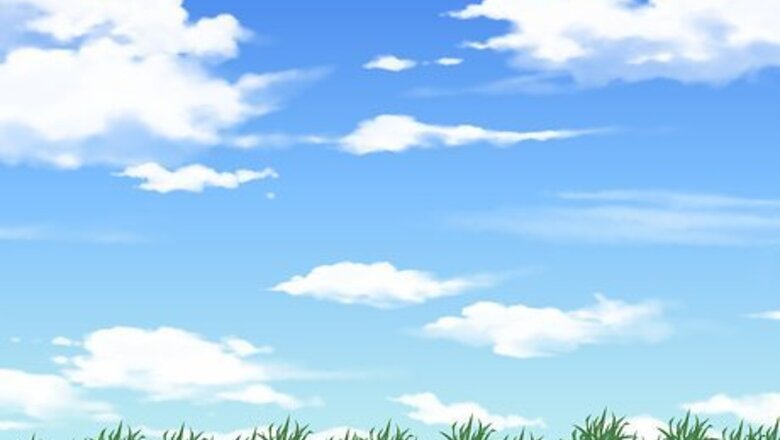
views
Steps
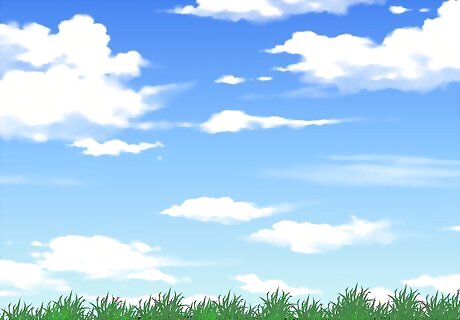
Select a site. When selecting a site, first note your location. Are you in an area where native grassland historically existed, or do you live in an area that was mostly forested? You can only reclaim an area back into native prairie if you are in a location where the native prairie once was prevalent 100 years or so ago. Look for areas with maximum sun exposure and lack of competition. Trees, especially those with a high surface root density like maple and basswood, shade out prairie species and compete for soil nutrients and water. Spruce trees and most other conifers are not good in prairies. Such trees are found in more northerly climates, and are indicative of areas where prairie was non-existent, such as in mountain regions. Prepare your site. In early- to mid-spring, clear the site of existing vegetation. Seeds, if broadcast into existing vegetation, have relatively little chance of success, particularly if the existing vegetation easily out-competes the seedlings trying to establish themselves. If weeds, turf or other vegetation currently exist on your site, they will need to be eliminated. Note, however, that certain weeds and other vegetation may be native to your location. Never assume that a weed is always non-native. If you prefer a more natural method, or if you wish to avoid a chemical process, you can hand-pull the weeds from the area. While this will take a lot more time and much more labour, the weeds can be fully eliminated this way.Restore a Native Prairie Step 2Bullet1.jpg Natural prairies were maintained by wildfires. Depending on nearby physical and political conditions it may be possible to do controlled burns. Typically local fire authorities need to be involved. One common mistake is to do the burn in springtime, since it is believed that the likelihood of the fire getting out of control is reduced. From an ecological perspective, spring burns are less than helpful. Instead a summer burn should be attempted, with great care. It would be best to burn off very small areas at a time, with fire fighting crews standing by. Restore a Native Prairie Step 2Bullet3.jpg Using chemical means to kill unwanted vegetation has its pros and cons whether 'conventional' or 'natural'. Be sure to read the label to ensure plantback restrictions and re-entry intervals will suit your project. Glyphosate, paraquat, or glufosinate will kill all annual plant species and harm perennials while dicamba or 2,4,-D are mostly effective of broad leaves however be careful when the temps get close to 80 degrees as it can move and harm untreated plants. Depending on project size sometimes the safer option is to pull the weeds. Doing so will help your prairie become a self-sustaining ecosystem. If the existing vegetation is tall and/or dense, it will be necessary to remove the dead plant material. It can be burned off or it can be mowed and then mulched or raked away. Also consider utilizing livestock to graze down the area if mowing is unfeasible and impractical. Utilizing natural herbivores like cattle and sheep is much more natural and beneficial to the land than burning money, time and fuel mowing your prairie-reclamation site.
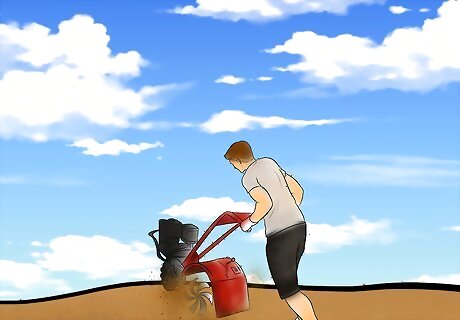
Create a seed bed of freshly worked soil and roto-till the area to a depth of 1 to 4 inches (2.5 to 10 cm). Keep in mind that weed seeds frequently lie dormant beneath the soil surface and germinate after they have become exposed to sun and rain. If your area was initially densely populated with weeds, especially problem weeds such as quack grass, thistle, leafy spurge or sweet clover, allow the weed seeds to germinate and begin growing. Then repeat the weed elimination and tilling process. This second round is optional, but does produce a cleaner, more receptive seed bed. Finally, rake the soil to create a smooth, firm seed bed. This improves the condition of the seed bed, giving seeds better soil contact, increasing the odds each will germinate and grow. If the soil structure lacks organic material and looks like it is made up of just clay, add a thin layer of peat (1/4 to 1/2 inch or 0.6 to 1.25 cm deep) on top of the ground, then mix it in with the roto-tiller. Complete a soil sample to ensure that your soil pH and fertility needs are where they need for success. If needed you may need to add some lime to the soil to adjust the pH or fertilizer to address nutrient deficiencies to get the plants started healthy. N-P-K are required by all plants and addressed on a fertilizer bag. Some prefer natural fertilizer (aka manure) - this has its own challenges as it often brings weed seeds with it, however it has a lot of other advantages when used correctly.
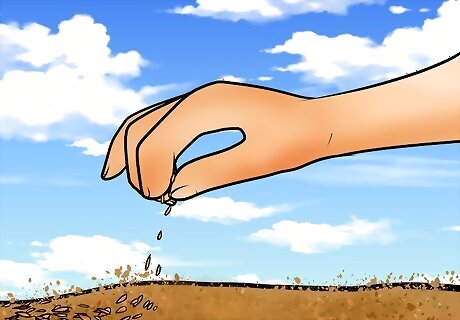
Plant the seeds. The best time to seed is from the spring thaw to late summer (or to early August in North America). In the fall, seeding can take place from September 20 through freeze-up in the US and Canada. On prepared seed beds on sites with little competition from other plants, winter seeding can also be effective. A suggested planting density is 500 cubic centimeters of seed (about a full 8-ounce plastic cup of seed) for each square meter. Look for seed from locally-established plants (as in grasses and forbs that already exist), since they'll be better adapted to the site. Focus on native plant species for a native prairie. See the Tips below for more details on preparing the seeds. It is highly recommended before you even purchase seeds to research the grasses and forbs that are truly native to your area. Certain plants that may be found along road-allowances or on the edges of fields may not be native plants at all. While it is nearly impossible to prevent growth of certain exotic, non-native plants to grow in the prairie region (such as Kentucky bluegrass, crested wheatgrass and smooth brome grass in the dry mixed-grass prairie region of southwestern Alberta and Saskatchewan, Canada), it should be possible to learn to identify the plants that are already established in your area and determine if they are native or not. Plant books that cover your area will be able to help you assess and evaluate certain vegetation, as well as spending the money and time to attend local plant ID classes and rangeland horticulture clinics. Hand planting is the simplest and most reliable method of seeding. Adjustable hand-held spreaders may work with the grass seed although they tend to get clogged. Wildflower seed should always be hand planted. Be sure that the wildflower seed you are planting is indeed native wildflowers and not flowers that are mostly non-native. Spread grass seed first. To ensure even coverage, divide the seed in half and plant the first half over the entire area. Work slowly and carefully. Plant the second half at a perpendicular angle to the first seeding. Lightly rake the grass seed into the soil to ensure soil contact. Wildflower seed should be planted last and can be spread evenly or concentrated in bands or swaths across your prairie area. Much of this seed is quite small. Spreading it thinly will produce the best results. Do not rake in the flower seeds. Watering at this point is helpful but not necessary. Native prairie species should be well adapted to rainfall conditions on your site, and watering may encourage non-native species (weeds) to germinate. If you do decide to water, it is important to follow through until the seedlings are established. Watering to begin germination and then letting the soil dry out can prove disastrous for sprouting seedlings. Fertilization is also unnecessary. Studies have shown that fertilizing native grassland areas either encouraged encroachment of non-native grasses or had no effect on plant growth in such areas at all. Fertilizing, like watering, may also encourage weeds to grow instead of the native plants you worked hard to plant in your reclamation site.
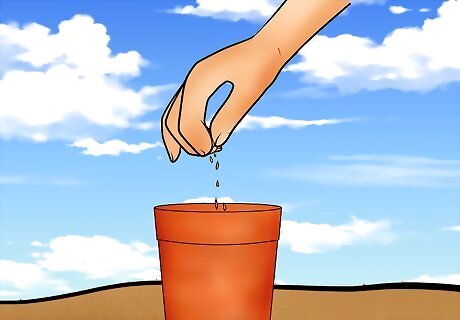
Plant potted seedlings. If you wish to include them, these should be added after seeding. Potted seedlings can be planted anytime from spring thaw to freeze-up, although those planted in mid-summer may require supplemental watering. Seedlings can be planted throughout the site or in designated areas of the project. Ideally, natural rainfall will provide enough water, but dry weather during the first 10 days may necessitate supplemental watering. If you're starting the seedlings yourself, they should germinate about 8 weeks before planting and be hardened for about a week before planting. Hardening means gradually getting the plants used to outdoor conditions by leaving them outside at the site for a little more time each day.
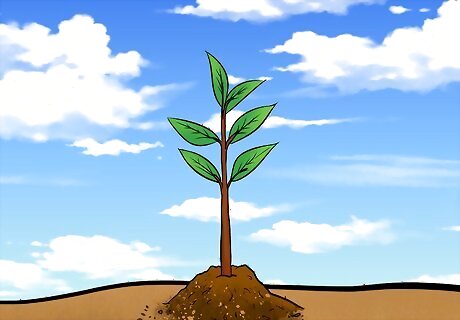
Mulch. While mulching is not required, it does provide some erosion control and aids in soil moisture retention. Mulch lightly (soil visible through mulch) with clean oat or wheat straw. Make sure not to use hay, because it may contain seeds you do not want to introduce to your area.
Maintain Your Prairie
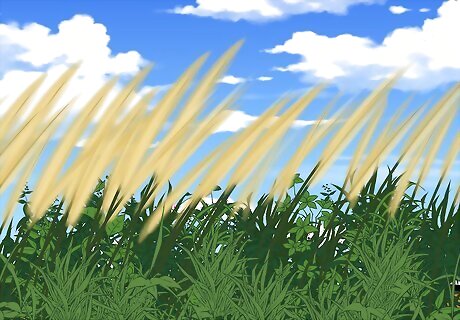
Year one: Most prairie plants are perennials. Although perennial seeds will germinate the first year, the young seedlings' root growth will be two to three times their above-ground growth, and they may not flower until the second or third year. While this lack of visual growth can be frustrating, keep in mind that it is the strong root system of prairie perennials which enables them to be nearly maintenance-free at maturity. During this early stage of growth, weeds will take advantage of the lack of above-ground vegetation and appear on your site. To minimize the effects of tall weeds shading prairie seedlings and to prevent these weeds from setting seed, you should plan to cut your planting one, two, or even three times during its first growing season. This is generally done on 30-day intervals using a scythe, mower or line trimmer. Scything is often best, as an uneven removal of plant will open up the canopy in many spots to encourage growth of the seeded seedlings. The cutting height should be kept at five to eight inches in height. Mowing is also effective, but it is important to keep the blade set as high as possible. Hand weeding is also useful during the first growing season, especially to remove individual noxious weeds. These and invading woody plants may have to be treated with spot spraying, if necessary. Also consider using small livestock like sheep or goats to consume these weeds and to add their own fertilizer to the soil. Goats and sheep will often readily eat weeds and have a smaller impact on a newly established area than large animals like cattle or horses, which will trample, pug (or put holes in the ground) and/or pull out plants that are not weeds but native plants still trying to establish their root systems.
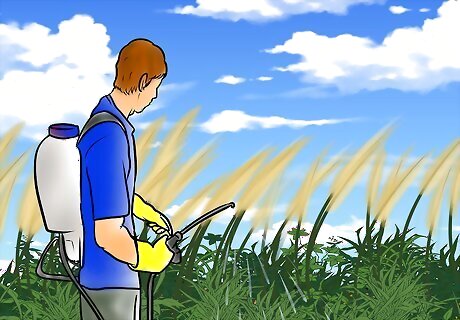
Year two: During the second growing season, residual seeds from the first season may still germinate and some of the faster-growing native plants will begin to establish themselves. There might still, however, be a need for weed control and one mowing might be necessary sometime between mid-June and mid-August. The height and density of the weed cover should help determine if and when to mow. In areas where weeds are especially dominant, the advantages of cutting the weeds and preventing them from setting seed offset any disadvantages of cutting prairie plants. Spot spraying might still be necessary this year. However, both mowing and spraying should still be considered to be optional; at this time, you can begin to introduce grazers like cattle to help control the weeds and to control grass growth. Hoof action and the impact of grazing will further stimulate growth from the plants. However, depending on the plants that are grown, timing of grazing and how long to graze is critical to know.
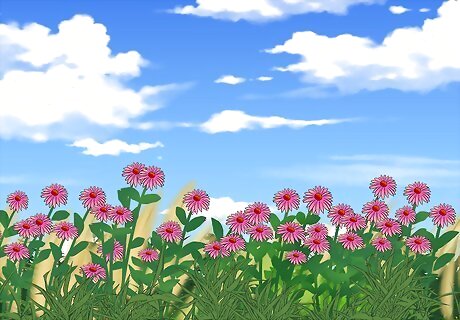
Year three: By the third year (and in the years to follow) your patience will begin to pay off. Both grasses and forbs will be more plentiful, providing beautiful, low-maintenance returns. One cutting per year can be used as a clean-up procedure. The best time to cut off old prairie vegetation is in early May or late November (after you've enjoyed the gold, lavender, russets, and maroons of an autumn prairie). In areas where prairie plants were especially tall and dense, mulch or rake away the dead plant material. If it's feasible, as mentioned repeatedly before, consider using livestock to create the disturbances necessary for maintaining a truly natural prairie habitat. You may wish to use such animals instead of investing in having to mow or rake once or several times a year. They also will contribute to needed fertilizer that plants will need to continue their growth. Such animals are also a key disturbance to help control woody invasions from trees and shrubs.












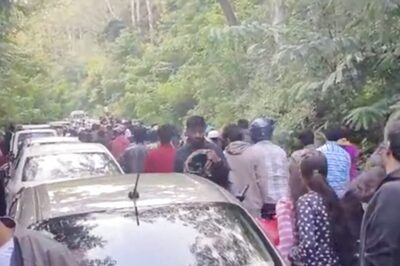

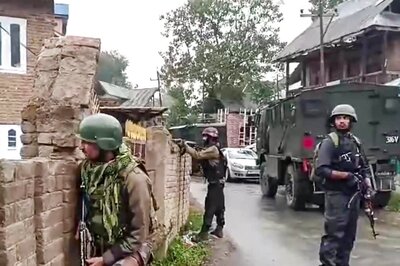
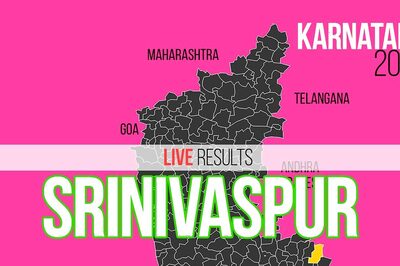

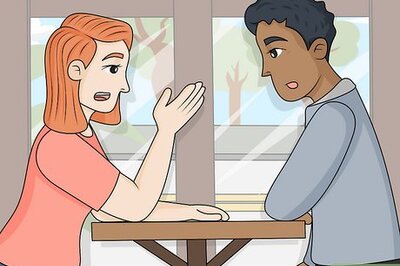


Comments
0 comment